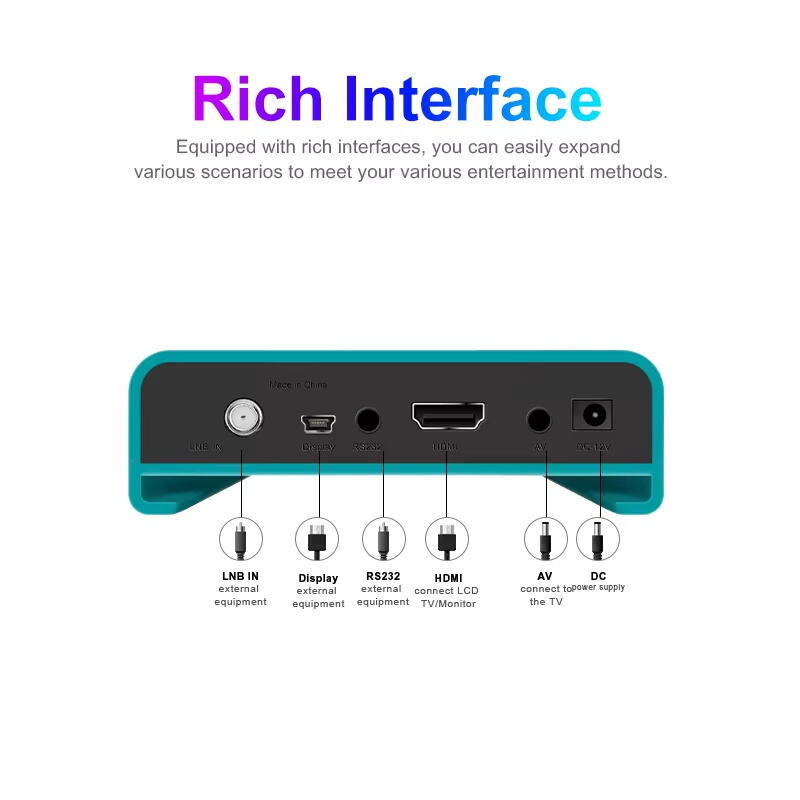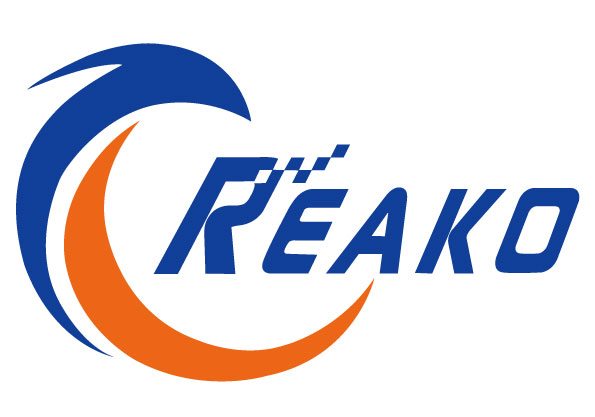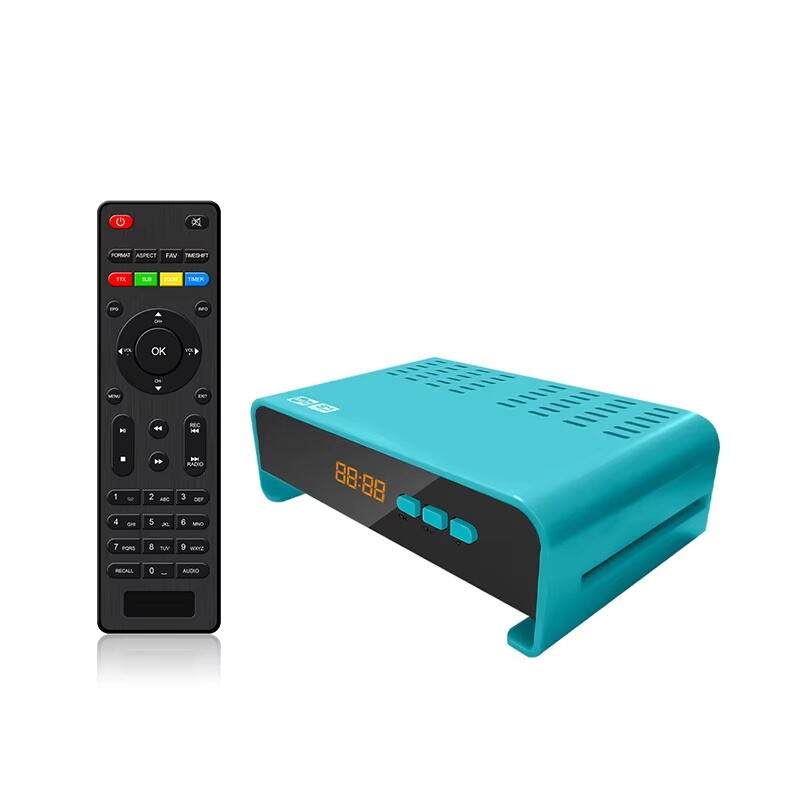Understanding the Evolution of Digital Television Reception
The landscape of television broadcasting has undergone remarkable transformations over the years, with DVB-S2 receiver technology representing one of the most significant advancements in digital entertainment. As viewers increasingly demand superior picture quality, reliable reception, and expanded channel options, this innovative technology has emerged as a game-changing solution for modern television consumption.
The DVB-S2 receiver stands at the forefront of satellite television technology, offering unprecedented improvements in signal processing, bandwidth efficiency, and overall viewing experience. This sophisticated equipment has revolutionized how we receive and enjoy television content, making it possible to access high-definition programming with remarkable clarity and consistency.
Technical Excellence Behind DVB-S2 Technology
Advanced Signal Processing Capabilities
At the heart of a DVB-S2 receiver lies its superior signal processing architecture. The technology employs advanced modulation and coding techniques that significantly enhance the receiver's ability to capture and interpret satellite signals. This sophisticated processing ensures that viewers receive crystal-clear pictures and sound, even under challenging weather conditions.
The system's forward error correction (FEC) mechanisms work tirelessly to maintain signal integrity, automatically detecting and correcting transmission errors before they can affect your viewing experience. This robust error handling capability ensures that you enjoy uninterrupted entertainment, free from the frustrating pixelation and signal dropouts that often plague older satellite systems.
Enhanced Bandwidth Efficiency
One of the most remarkable features of a DVB-S2 receiver is its exceptional bandwidth efficiency. Through advanced compression algorithms and intelligent data management, the technology can transmit significantly more content using the same satellite bandwidth compared to its predecessors. This efficiency translates into access to more channels and services without compromising on quality.
The increased spectrum efficiency allows broadcasters to deliver more high-definition content, ensuring viewers can enjoy their favorite programs in stunning detail. This optimization of bandwidth usage also creates opportunities for introducing new services and features, enhancing the overall value proposition for consumers.
Visual and Audio Enhancement Features
Superior Picture Quality Processing
Modern DVB-S2 receiver systems incorporate sophisticated picture processing technologies that elevate the viewing experience to new heights. These receivers can handle multiple video formats, including 4K and HDR content, ensuring that viewers experience their programming exactly as content creators intended. The advanced processing engines within these receivers optimize contrast, color accuracy, and motion handling in real-time.
The technology's ability to maintain signal quality even during adverse conditions means that viewers can consistently enjoy sharp, detailed images without degradation. This reliability in picture quality delivery has made DVB-S2 receivers particularly popular among discerning viewers who demand the best possible visual experience.
Advanced Audio Processing Capabilities
The audio capabilities of DVB-S2 receivers are equally impressive, supporting various surround sound formats and delivering crystal-clear audio reproduction. These systems can process multiple audio streams simultaneously, allowing for features like alternate language tracks and descriptive audio services. The precision in audio processing ensures perfect synchronization between video and sound, creating an immersive viewing experience.
Modern DVB-S2 receivers also include advanced audio normalization features, which help maintain consistent volume levels across different channels and programs. This thoughtful addition eliminates the need for constant volume adjustments, particularly during commercial breaks or when switching between channels.

Smart Features and Connectivity Options
Integration with Modern Entertainment Systems
Today's DVB-S2 receivers are designed to seamlessly integrate with other home entertainment devices and services. Many models feature built-in networking capabilities, allowing for easy connection to home networks and the internet. This connectivity enables access to additional content and services, including streaming platforms and interactive features.
The integration capabilities extend to smart home systems, enabling viewers to control their television experience through voice commands or mobile applications. This convergence of traditional satellite television with modern smart technology creates a more convenient and flexible viewing environment.
Recording and Time-Shifting Capabilities
Modern DVB-S2 receivers often include sophisticated recording and time-shifting features, transforming how viewers consume content. Built-in hard drives or USB recording capabilities allow for easy program recording, while time-shifting functionality enables pausing and rewinding of live television. These features provide viewers with greater control over their viewing schedule and content consumption.
The ability to record multiple channels simultaneously while watching another program adds another layer of flexibility to the viewing experience. Advanced electronic program guides (EPG) make it simple to schedule recordings and manage recorded content, ensuring viewers never miss their favorite shows.
Frequently Asked Questions
What makes DVB-S2 technology superior to older satellite standards?
DVB-S2 technology offers significantly improved signal processing, better bandwidth efficiency, and superior error correction capabilities compared to older standards. This results in better picture quality, more stable reception, and access to more channels and services using the same satellite bandwidth.
Can I receive 4K content through a DVB-S2 receiver?
Yes, modern DVB-S2 receivers are capable of processing and displaying 4K content, provided they are specifically designed with 4K compatibility and connected to a 4K-capable television. The advanced signal processing capabilities of DVB-S2 technology make it well-suited for handling high-bandwidth 4K transmissions.
How does weather affect DVB-S2 reception?
While all satellite signals can be affected by severe weather conditions, DVB-S2 receivers incorporate advanced error correction and signal processing technologies that help maintain stable reception during moderate weather disruptions. The system's robust design and efficient signal processing help minimize weather-related interruptions to your viewing experience.


